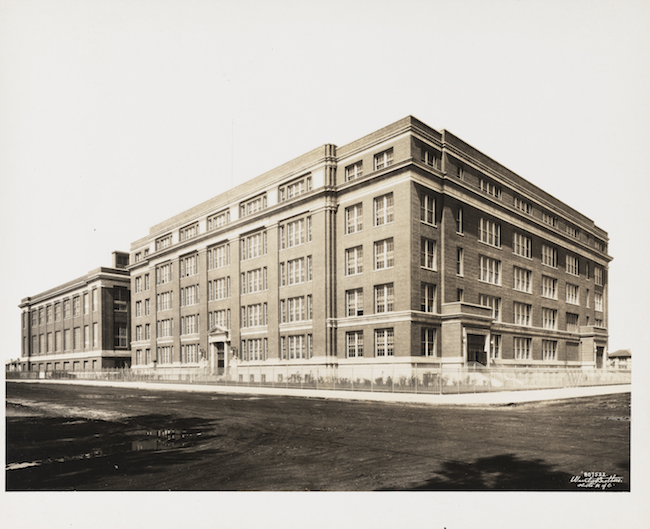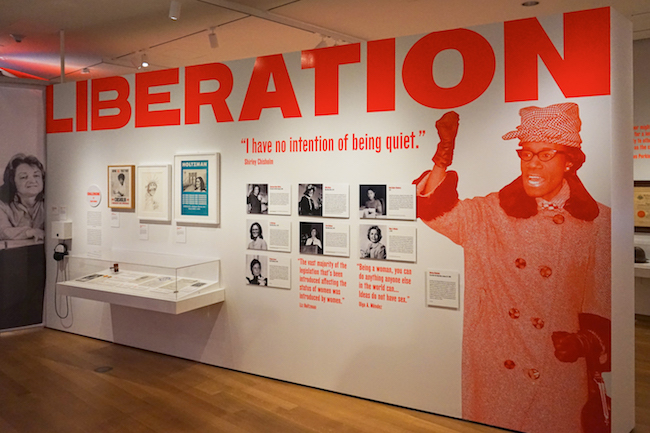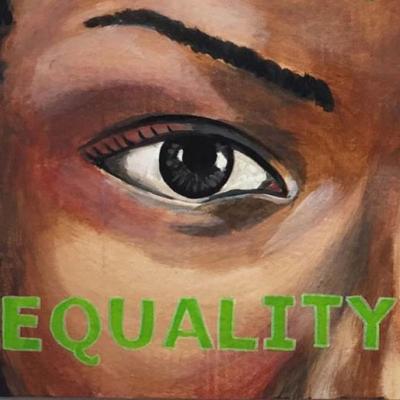RBG and NYC
Monday, October 19, 2020 by
Since the death of Supreme Court Associate Justice Ruth Bader Ginsburg on September 18, 2020 at the age of 88, countless pieces have explored her work and enormous legacy. At the Museum of the City of New York we have reflected on her impact through her interview with Nina Totenberg hosted by the Museum in 2018, the exhibition that included her, Beyond Suffrage: A Century of New York Women in Politics, and our ongoing commitment to connecting past and present.
The child and grandchild of immigrants from Eastern Europe, Ginsberg was born and raised in Flatbush, Brooklyn. In her interview with Nina Totenberg, Ginsberg maintained that after forty years in Washington she still considered herself “not only a New Yorker but a Brooklynite.” She detailed the impact of New York’s cultural scene on her youth in the 1940s, from frequenting the Brooklyn Museum and the Brooklyn Botanical Garden to experiencing music and opera that had a lasting influence on her life. In particular, Ginsburg emphasized the impact of Dean Dixon, a Black musical conductor who put on operas in New York City high schools but left the country because of discrimination.
Image credit: Wurtz Bros (New York, NY). 3787 Bedford Avenue at Quentin Road. James Madison High School. 1926. Museum of the City of New York. X2010.7.2.2209
New York City was also formative to Ginsburg’s pioneering legal career. Long before she became a Supreme Court justice in 1993, Ginsburg successfully argued a series of groundbreaking legal decisions for women before the Supreme Court. On behalf of the New York-based ACLU, where she founded their Women’s Rights Project in 1972, Ginsburg won better protections under the equal protection and due process clauses of the U.S. Constitution for female victims of sex discrimination. Although Ginsburg entered the law at a time of entrenched sex discrimination within the profession, she cited women’s rights activists and lawyers Pauli Murray and Dorothy Kenyon—both of whom spent formative years in New York—as laying the foundation for her work.
Late in life, Ginsburg became an iconic figure laden with New York significance. Dubbed the “Notorious RBG,” a takeoff on fellow Brooklyn native and rapper Notorious B.I.G., Ginsburg inspired new generations. Likewise, her work as an Associate Justice in a liberal minority on the Supreme Court became increasingly visible. Her dissent in Shelby County v. Holder decried the dismantling of state protections initially enacted by the Voting Rights Act in 1965, dismantling that has come to pass in recent years. Her death has also taken on a broader political meaning tied to the 2020 presidential election, from her stated last wish that her seat on the Supreme Court be filled by the next president, to the Republican rush to fill it with Amy Coney Barrett—whose judicial views potential differ substantially from Ginsburg’s—before the 2020 election.
At such a pivotal moment, we would do well to remember not only Ginsburg’s enormous impact on New York and the United States, but on the city’s earlier activists, legal scholars, and artists who influenced her. Most recently, the Brooklyn Municipal building, located in downtown Brooklyn on Joralemon street, was named for the late Justice. While the movement to rename the building began two years ago, the new name was unveiled shortly after Ginsburg’s death in mid-September, commemorating her legacy both in law and in Brooklyn.




